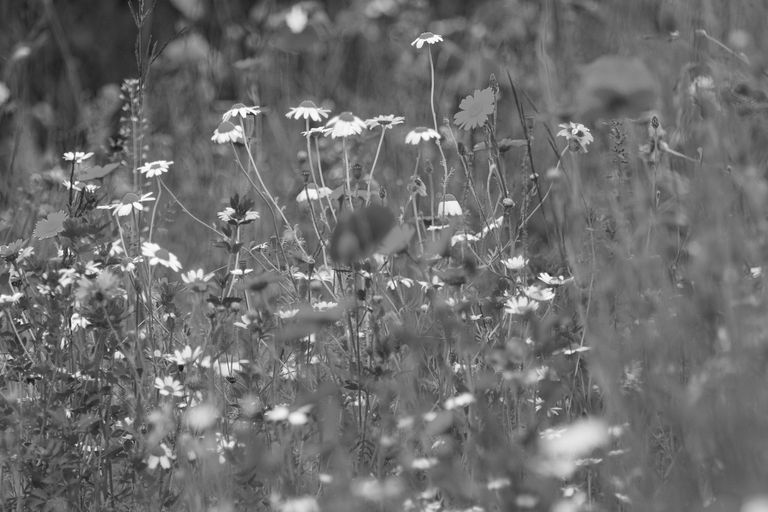Fresh out of the press, co-edited and co-authored by GMBA: Plant diversity in the Central Great Caucasus: A Quantitative Assessment
This book co-edited and co-authored by GMBA members Eva Spehn and Christian Körner presents the first assessment of the high-elevation flora of the Central Caucasus with a community ecology emphasis.

Following a geostatistical-climatological description of the region (in comparison to the European Alps), it describes the montane, alpine and nival plant assemblages on the basis of an ecological approach that combines moisture, soils and local habitat peculiarities.
Highlights include the famous giant herb communities in treeless parts of the upper montane belt, the various facets of alpine turf, and the unique assemblages and settings in the nival region. Further chapters address potential niche conservation between the Caucasus and the Alps, as well as a compilation of plant species habitat preferences (indicator values) that applies to a concept developed for the Alps.
Richly illustrated and featuring extensive quantitative data on species abundance, the book offers a unique guide to the plant species diversity of this prominent mountain range, and a valuable resource for comparative ecology and biodiversity assessments of warm temperate mountain systems.

